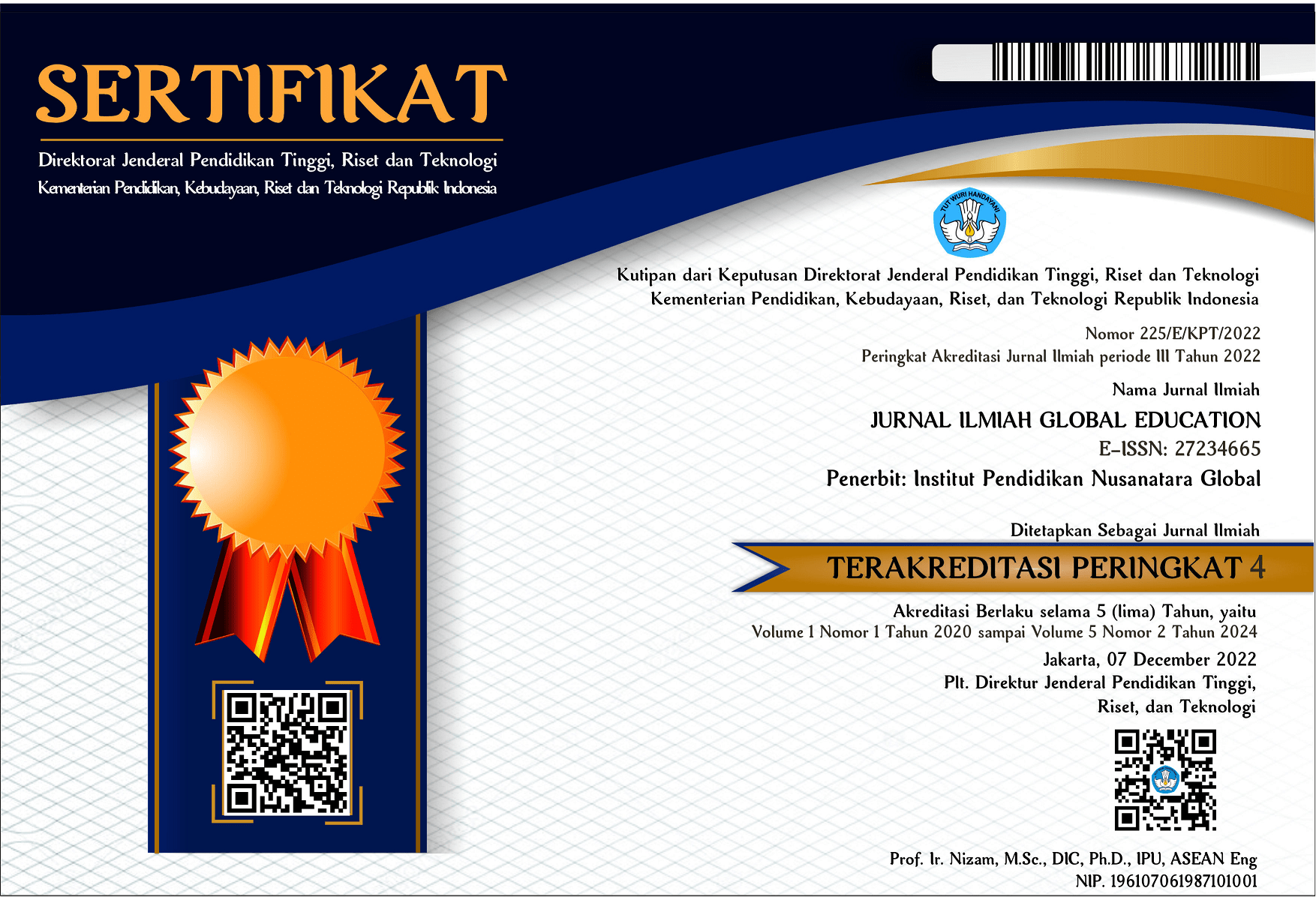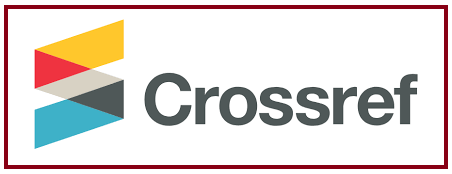PENGARUH INTENSITAS PENGGUNAAN GADGET TERHADAP SELF-DISCLOSURE SISWA
DOI:
https://doi.org/10.55681/jige.v4i3.1238Keywords:
Self-Disclosure, Gadgets, teenagersAbstract
This study aims to determine the significance of self-disclosure among students of SMP NEGERI 20 in East Jakarta who use gadgets. Gadgets have a significant influence on changing the behavior of their users in this advanced technological era. The population used in this research consisted of eighth-grade students from SMP NEGERI 20 in Jakarta, with a total of 48 students from 9 classes, where each class had 5-6 students. The sampling technique used in this study was simple random sampling. Data collection was done using a Likert scale, and the prerequisites for analysis, such as normality, linearity, and hypothesis tests, were conducted. The results of the field research on the influence of gadget usage intensity on self-disclosure showed that there is a significant effect of the variable (X) on the variable (Y). This can be seen from the significance value of 0.014 < 0.05. Therefore, it can be interpreted that the alternative hypothesis (Ha), which states that gadget usage intensity has an influence on self-disclosure, is supported. The variable of gadget usage intensity accounts for 1.24% of the variance, while the remaining variance is influenced by other variables not included in the model that can affect self-disclosure.
Downloads
References
Arikunto, S. (2016). Prosedur penelitian Suatu pendekatan praktik. Jakarta: Rineka Cipta.
Arikunto, Suharsimi, 2006. Prosedur Penelitian Suatu Pendekatan Praktek., edisi revisi VI, Cetakan ke 13, PT. Asdi Mahasatya, Jakarta.
Ajzen, I. (2005). Attitudes, Personality, and Behavior. 2nd Edition. New York: Open University Press.
Budi, R. (2019). Sef-Disclosure Pada Mahasiswa Pengguna Facebook. January.
Devito, Joseph A. 2011. Komunikasi Antar manusia. Tangerang Selatan: KARISMA Publishing Group.
Hanani, Silfia. 2017. Komunikasi Antarpribadi (Teori dan Praktik). Yogyakarta: Ar-Ruzz Media.
Jamun, Y. M., Wejang, H. E., & Ngalu, R. (2019). Pengaruh Penggunaan Gadget Terhadap Pola Interaksi Sosial Siswa Sma Di Kecamatan Langke Rembong. JIPD (Jurnal Inovasi Pendidikan Dasar), 3(1), 1-7.
Jayanti, U. F. A. I. (2020). Keterbukaan Diri Anak Kepada Orang Tua Mengenai Hubungan Asmara (Studi Keterbukaan Diri Anak Yang Tinggal Terpisah Dengan Orang Tuanya Mengenai Hubungan Asmara ). 1–25.
Kurniawan, Agung Widhi dan zarah puspitaningtyas. (2016). Metode Penelitian Kuantitatif. Yogyakarta: Pandiva Buku
SITEPU, Elisabeth. PENGARUH INTENSITAS PENGGUNAAN SMARTPHONE TERHADAP TINGKAT KEINTIMAN KOMUNIKASI INTERPERSONAL. JURNAL SOCIAL OPINION: Jurnal Ilmiah Ilmu Komunikasi, [S.l.], v. 4, n. 1, p. 14-29, July 2019. ISSN 2720-9822.
Sinambela. Lijan Poltak. 2014. Metode Penelitian Kuantitatif. Graha Ilmu: Jakarta
Sugiyono. (2019). Metode Penelitian Kuantitatif, Kualitatif dan R&D. Bandung: Alfabeta.CV
Wozniak, A. (2015). A Grounded Theory Exploration of the Experience of Disclosing and Not Disclosing in Mother-Adolescent Daughter Relationships.
Zachra Fauzia, A., Maslihah, S., & Ihsan, H. (n.d.). PENGARUH TIPE KEPRIBADIAN TERHADAP SELF- DISCLOSURE PADA DEWASA AWAL PENGGUNA MEDIA SOSIAL INSTAGRAM DI KOTA BANDUNG. Journal Psychology of Science and Profession, 3(3), 151–160.
Downloads
Published
How to Cite
Issue
Section
License
Copyright (c) 2023 JURNAL ILMIAH GLOBAL EDUCATION

This work is licensed under a Creative Commons Attribution-ShareAlike 4.0 International License.













